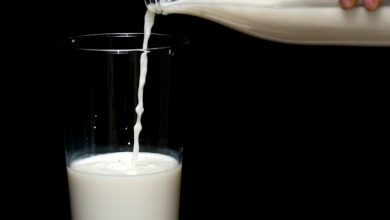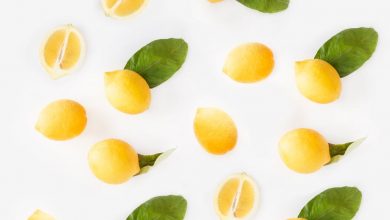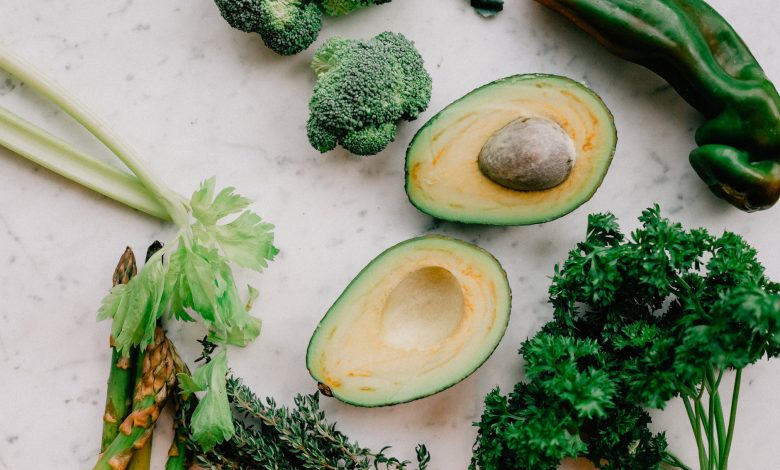
How Fibrous Food Affect Calorie Absorption
There was a time when nobody talked about fiber and the benefits of fibrous foods. Nutritionists tried their best to highlight the benefits of fiber and explain how it helped affect calorie absorption but in vain. Today, the supermarket is filled with fibrous foods that are high in nutrients. Manufacturers in the year 2019 brought in a little more than 1,500 whole-grain products, rich in fiber. This is a huge increase of 121 percent since 2005. There are now a whole lot of delicious fiber-rich foods available in the market, whether it is whole-bean chocolates or fiber-rich muffins. Studies have proved beyond doubt that foods high in fiber can help prevent diabetes, heart disease, and even cancer. Fibrous foods help in losing weight as well through calorie absorption and reduced hunger.
Calorie Absorption and How Fiber Helps
Food absorption, better known as calorie absorption, is a term that explains the flow of nutrients into your bloodstream from your small intestine. Digestion is the word associated with absorption, as it involves breaking down the food into small pieces, tiny enough for the absorption process to take place.
Fiber, also referred to as roughage or bulk, is a type of carbohydrate that does not break down or hinder with calorie and food absorption. It is an indigestible carbohydrate, but is different from other carbohydrates and has much less calories. This type of carbohydrate fills your stomach without adding on calories since it does not get absorbed into the body. A 100 calorie fiber-rich food will decrease appetite. Similarly, an individual eating a high amount of fiber food will end up eating less without any conscious effort.
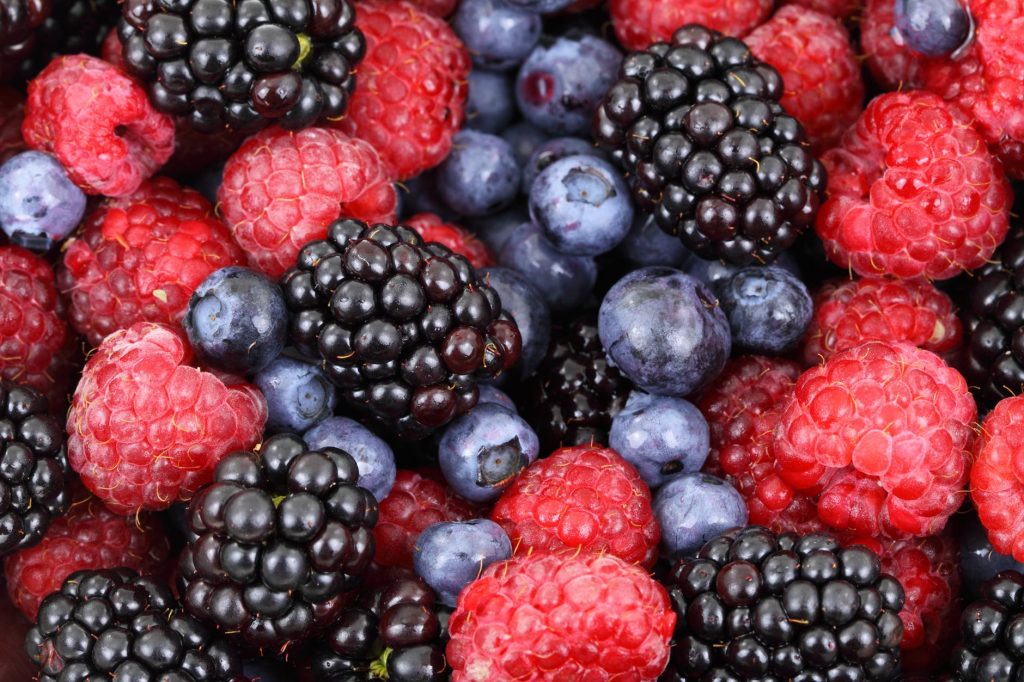
Fiber and Its Effects
Fiber, as you might know, is part of plant foods that your body cannot digest – fruits, vegetables, beans, legumes, and nuts. Fiber is of two types: soluble and insoluble. While insoluble food aids in passing the food through the digestive tract, soluble food removes fat and helps lower cholesterol. Fats and sugars get in your bloodstream at a slow rate in the case of soluble fiber, thereby providing a steady supply of energy. Your blood sugar will spike quickly if you eat food that does not have fiber at all. This, in turn, leads to hunger and causes you to overeat.
Fiber food is mostly low in calories and high in nutrients. A small intake of fibrous rich food quickly gives you a feeling of fullness as it absorbs liquid and swells up your belly.
Fiber works as a heart hero since it increases blood flow and also helps decrease cholesterol and blood pressure. The nutrients present in fiber further decrease levels of C-reactive protein (CRP), which for years now is associated with diabetes, cancer, and cardiovascular disease. Scientists at Worcester’s University of Massachusetts Medical School established that individuals who consumed high fiber foods were 63 percent less likely to suffer from elevated levels of CRP than individuals who consumed low fiber foods.
By consuming foods high in fiber, you are indirectly decreasing the calories available to your body. Eating fiber-rich food makes you spend a good amount of time chewing it. The long chewing time enables you to recognize signs of fullness, thereby decreasing the chances of overeating and taking on extra unnecessary calories. It also helps you feel full for a long duration even though your actual calorie intake reduces.
According to nutrition and wellness trainer Michelle Pfennighaus, fiber has the following benefits:
- Slows down the process of sugar absorption into your bloodstream, thereby helping in maintaining stable blood sugar levels and reducing the possibility of type 2 diabetes
- Improves heart health by lowering bad LDL cholesterol
- Keeps you feeling full for long hours, thereby giving you more control of your weight as your appetite decreases
- Helps avoid constipation by keeping your digestive system regular and fit
- Helps prevents specific types of cancer, and that includes breast and colon cancer
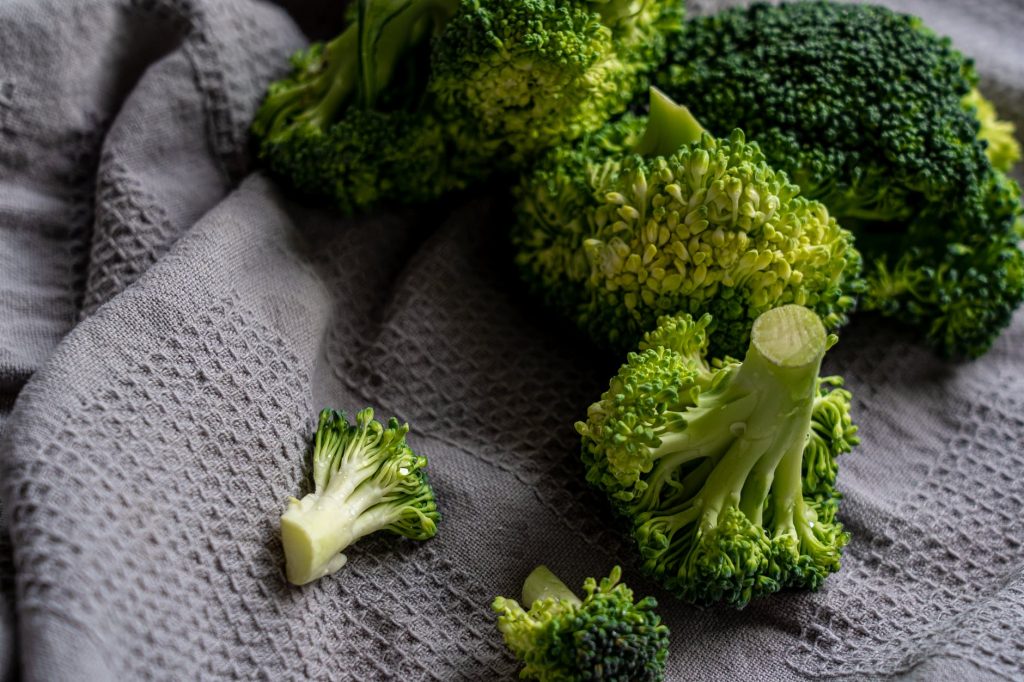
Fibrous Food and Weight Loss: How is it Connected?
Fibrous food has a massive role to play in your weight loss journey. Here is what it does to help you lose the extra pounds and keep you healthy:
Fiber and Hunger
Fiber restricts your appetite, thereby helping in reduced calorie intake. Powerful hormones in your body called cholecystokinin (CCK) regulate your satiety levels, thereby making you feel full and reducing your hunger pangs. Fiber helps in increasing the production of CCK hormone and also prolongs its activity. Consuming a high fiber diet will make your cravings disappear!
Fiber Flush
A research conducted by the U.S. Department of Agriculture showed that very fewer calories were absorbed by the body when there was an increase in fiber intake. They established this by setting a specific number of calories for each subject group and altering its fiber content. The researchers found that individuals who had at least 36 grams of fiber each day absorbed a minimum of 130 fewer calories daily. When calculated for a year, it comes to more than 47,000 calories. Every pound of fat is equal to 3,500 calories, so you lose one pound every time that you have 3,500 lesser calories than you require.
Low Energy Density
Fibrous foods are called low-energy-density foods, which means that you can eat more fibrous food without consuming too many calories! A bar of chocolate, for instance, is high in calories and does not even fill your stomach. A peach, on the other hand, weighs five times more than this bar of chocolate. It will keep you feeling full for a longer period with lesser calories, as the fiber inside the peach consumes more space, making you feel full for an extended period.
Fiber and Blood Sugar
Fiber helps reduces the speed of carbohydrate conversion into sugar and aids in bringing blood sugar levels to normal. It also helps reduce glucose levels by increasing insulin sensitivity, which is the actual measure of how cells respond to insulin. When you eat fibrous rich food for a long duration, your body will gradually start utilizing the glucose existing in the stored fat. Your body will slowly begin to function like a ‘fat-burning machine’.
Adding More Fiber to Your Diet
Most people in this world do not consume the required fiber. Women in America consume not more than 10 to 15 grams of fiber each day on average. That is only half of the recommended dosage of required fiber, which is 25 grams. Experts, in fact, are of the opinion that it is best to have 30 to 40 grams of fiber each day.
To help you out, here are some healthy fiber foods that you can incorporate in your meals to get the fiber you need in your diet.

Beans and Legumes
Split peas: Split peas are superstar legumes that are filled with fiber. Split peas, with 16.3 grams of fiber per cup, are also high in carbohydrates with 41 grams per cup. Split pea serves as a delicious and filling soup too.
Lentils: A cup of lentils comprises of 15.6 grams of fiber and can be cooked in minutes. There are many recipes out there to help you prepare delicious and low-calorie recipes made out of fiber-rich lentils.
Black beans: Black beans are highly nutritious and fiber-rich food that can fill you up quickly without increasing the calories, thereby helping you in your weight loss journey. A cup of black beans consists of 15 grams of fiber, and it is rich in manganese, folate, and thiamine.
Lima beans: Limas most certainly do not fall in the category of loved vegetables. Limas, however, are rich in fiber, and extremely good in restricting your calories.
High-Fiber Veggies
Beets: Beets or beetroots, with 3.8 grams (2.8 grams for 100 grams) of fiber per cup, are filled with nutrients, such as manganese, potassium, iron, and copper. Beets have in them inorganic nutrients, known to possess many benefits that help regulate blood pressure and give you better results from exercise.
Broccoli: A cup of broccoli contains 5.1 grams of fiber. It is a form of cruciferous vegetable and is regarded as one of the most nutritious foods on earth. Broccoli is filled with vitamin K, C, B, folate, manganese, iron, and antioxidants that have nutrients with the potential to fight cancer. The vegetable is high in protein content as well when compared to other vegetables.
Artichoke: Artichoke contains 10.3 grams of fiber in one artichoke, which comes up to approximately 8.6 grams per 100 grams. This vegetable again is high in nutrients and fiber, keeping you feeling full for long.
Brussels Sprouts: Brussels sprouts, like broccoli, are rich in vitamin K, folate, and potassium with antioxidants that have the ability to fight against cancer. A cup of Brussels sprouts contains 4 grams of fiber or 2.6 grams per 100 grams.
Peas: Peas are highly rich in fiber and taste delicious when cooked with a little salt and water until soft. A cup of peas comprises of 8.8 grams of fiber and is rich in vitamins A and C.
Others: Vegetables are known to be rich in fiber. Other vegetables that you can consume include kale (3.6% fiber), tomatoes (1.2% fiber), and spinach (2.2% fiber).
High-Fiber Fruits
Raspberries: Raspberries comprises of eight grams of fiber per cup and is an incredibly fiber-rich food.
Blackberries: A cup of blackberries comes with eight grams of fiber in every cup, making this yummy treat one that will add a good amount of fiber to your meal.
Avocados: Avocados are extremely rich in nutrients and have all the essential vitamins required for our bodies to thrive, plus it has ten grams of fiber in a cup.
High-Fiber Grains
Bran flakes: A cup of bran flakes consists of seven grams of fiber and together with banana and milk, the flakes become rich with calcium and potassium.
Pearled barley: Barley is yet again another vegetable that is rich in nutrients and fiber. A cup of barley that is cooked consists of about 6 grams of fiber with a very low glycemic score.
Oatmeal: Oatmeal, as everybody knows, is undoubtedly the richest breakfast you can have, as it is extremely high in nutrients and fiber, which four grams of fiber in a cup.
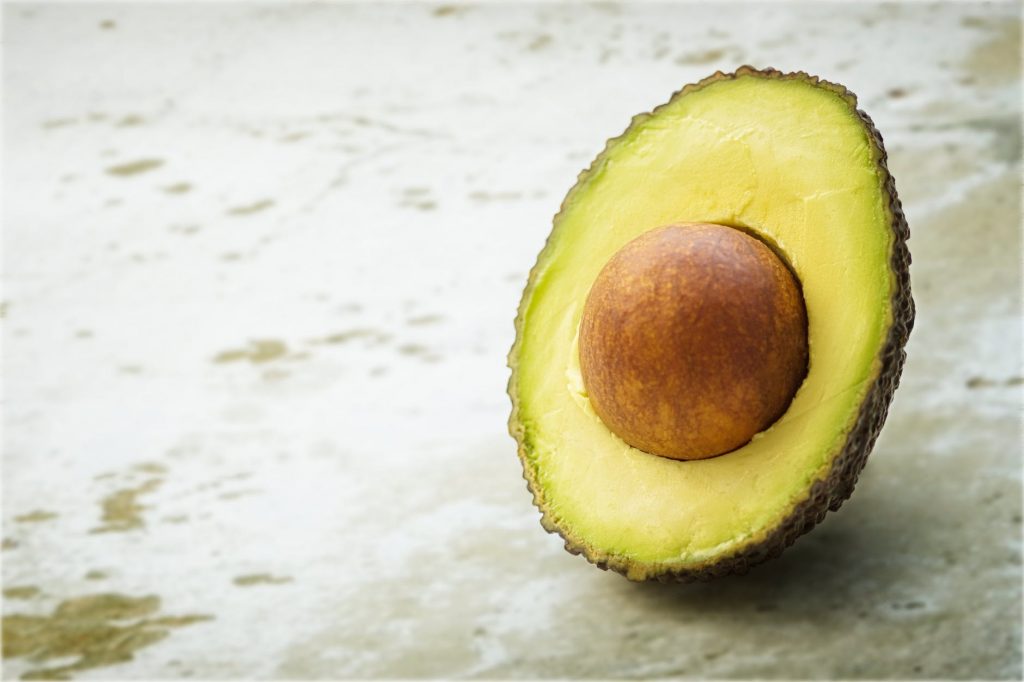
While it is true that your body will not be able to digest fiber, it helps a great deal in reducing calorie absorption. These carbohydrates can be of great benefit to your overall health. Insoluble fiber help fight constipation by providing a great amount of bulk to your stools, thereby helping in moving things in the intestines. It further helps avoid constipation by keeping the stools moist. Fiber can also aid in lowering your blood cholesterol levels and stabilizing your sugar levels.

